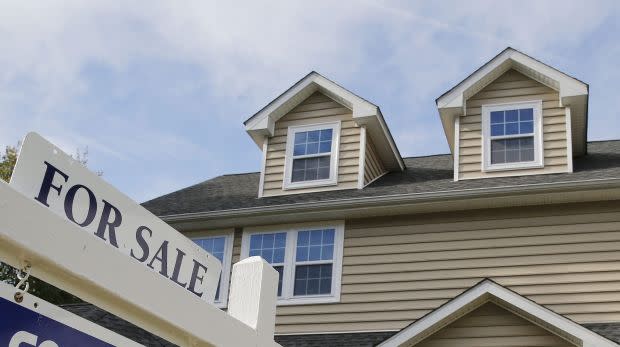Three years ago, Zillow, the real estate listings company, branched out into house flipping with Zillow Offers. Now it’s putting that business on hold, ostensibly for very human reasons.
As Bloomberg first reported, Zillow says it has developed a backlog of properties that it owns and needs to repair, inspect, and get back on the market. The employees who work in those roles—contractors, inspectors, and agents—are stretched too thin, so Zillow had to stop buying additional homes until it could deal with the ones it already owns. A day after the story broke, Zillow’s shares closed down 9%.
“We’re operating within a labor- and supply-constrained economy inside a competitive real estate market, especially in the construction, renovation, and closing spaces,” Zillow chief operating officer Jeremy Wacksman said in a statement. “Pausing new contracts will enable us to focus on sellers already under contract with us and our current home inventory.”
If that’s the full story, part of the problem may have been the US’ once red-hot (now just hot) pandemic real estate market, which is tempting homeowners to cash in—and fast.
Was Zillow Offers too tempting?
Most iBuyers—companies that purchase houses directly from sellers, using algorithms to make nearly instant offers—can respond to customers with an offer within a few days, saving sellers time and money. But the convenience comes at a cost: on average, iBuyers end up paying about 1.3% less for a home compared to what sellers could expect from the open market, according to a recent analysis by Mike DelPrete, a real estate strategist and scholar in residence at the University of Colorado Boulder. (Individual sellers need to decide whether it’s better to sell to iBuyers quickly rather than carry costs through a longer sales process, he says.)
Early this year, Zillow Offers announced that, for certain pre-qualified homes, it had condensed its instant preliminary offer timeline to one day by having the “Zestimate”—or Zillow’s estimated price for your property—also work as the company’s purchasing bid. All a homeowner had to do was press a button under its Zestimate figure and Zillow would call (though a contract would not follow until the house was inspected).
Now it seems possible that Zillow’s instant cash offer was too tempting for home sellers, though we won’t know more until Nov. 2, when the company holds its next earnings call. While Zillow Offers was a loss leader for the company, it had been part of Zillow’s growth strategy.
For now, it’s not totally clear how seller enthusiasm eluded Zillow’s forecasting abilities, and competitors are already questioning the company’s response. “It’s like McDonald’s saying, ‘We’re having a hard time filling positions so we’re going to close all of our restaurants down.’” Jonathan Miller, president of the appraisal firm Miller Samuel, told Bloomberg. “No, you’re going to maybe limit your hours, or warn people that it’s going to take longer.”
Zillow Offers is not a house-flipping monster
If there’s a silver lining to this stumble, for Zillow it may be consumer clarity on the popular brand‘s actual footprint: The company is hardly sucking up entire swaths of the housing market.
Not only have experts disproved the argument that Zillow is using its mountains of data to manipulate housing prices (an idea that caught on thanks to a viral TikTok video), but Zillow Offers’ reach is still relatively tiny compared to that of other iBuyers, which themselves represent just (1%) of the US residential real estate market.
Zillow purchased 5,661 homes in the first half of 2021, and sold 4,051. That represents steady growth from previous years, but is a relatively small boost compared to other iBuyers. In fact, Zillow is a relative latecomer to the iBuyer business; its biggest competitor, Opendoor, which first started buying homes in 2014, had purchased more than 19,000 of them by 2019.
Zillow currently has 2,860 company-owned listings available for sale across its 24 markets in the US. The biggest markets are in the west and south, where it first made inroads between 2018 and 2019. In each of these cities, here are the number of homes that Zillow has the capacity to inspect, purchase, renovate, and make ready to sell.
Even as Zillow puts Offers on hiatus, the iBuyer market at large doesn't show signs of slowing. Offerpad, an iBuyer platform created in 2015, just announced plans to expand into California in early 2022, buying houses in San Bernardino, Sacramento, and Riverside.
Sign up for the Quartz Daily Brief, our free daily newsletter with the world’s most important and interesting news.
More stories from Quartz:
Bitcoin closed in on a record high after a US bitcoin ETF started trading
Xi Jinping’s vision for China does not involve workers “lying flat”
